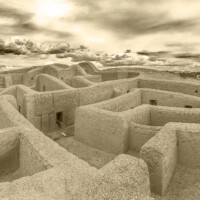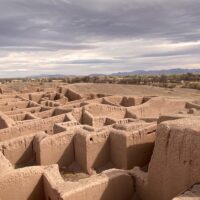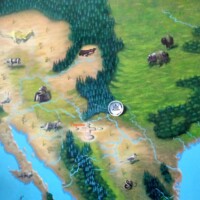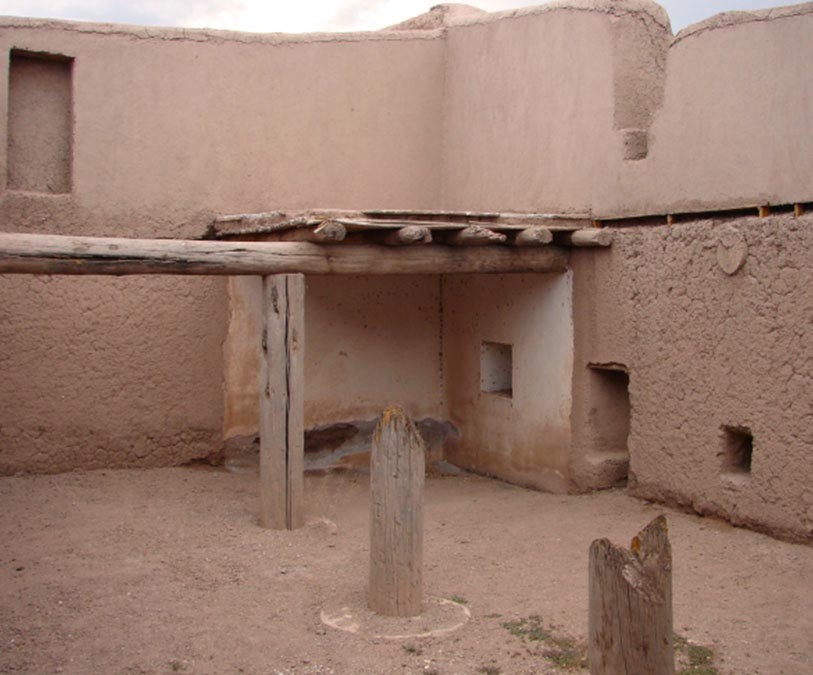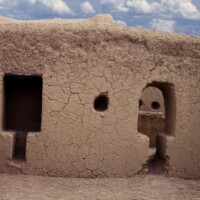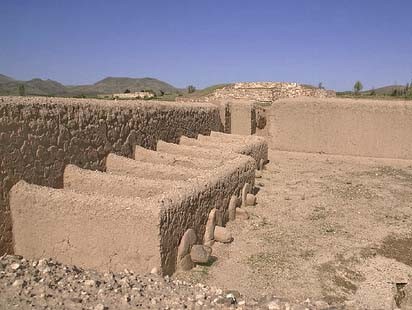Paquime

Paquime was the largest pre-Hispanic city known in northern Mexico, it was a commercial and ceremonial center of the “Casas Grandes” Culture, and it reached its maximum development between 1060 and 1340. It is an archaeological zone located 260 km northwest of the city of Chihuahua, since 1998 is part of the UNESCO World Heritage.
It was a pre-Hispanic settlement that influenced the northwest of the Sierra Madre Occidental; most of western Chihuahua and some areas of the states of Sonora, Arizona, Utah, and Colorado. Researchers estimate that the town probably numbered about 3,500, but their linguistic and ethnic affiliation is unknown.
The site is characterized by its adobe constructions: a mixture of water and earth, its inhabitants built the walls of their houses using wood to model the walls. The ceilings were made of beams and rammed earth.
They built multi-story houses to give shape to what is called big houses “Casas Grandes”, which were up to four stories high, between the rooms and the patios they had accesses in the shape of a “T”, a very particular architectural style.
In Paquime, cultural elements from Mesoamerica and cultural elements from the desert people “La Gran Chichimeca” are combined, there was a very wide exchange network, such as; Turquoise came to Paquime from “New Mexico and “Arizona” from there it moved to Mesoamerica via “Tula” passing through “Monte Albán” until it reached the Mayan area. The Copper of probable Michoacan origin, the shells came from the coasts of Baja California and Sonora, the Macaw a bird highly appreciated for its feathers, came from Chiapas and Veracruz, and the exchange networks established in Paquime show an exchange of ideas, values, cultural heritage, this was shaped with the ceremonial mounds that are found here as; The ball game is a symbol of fertility, in addition to the snake and the macaw.
The inhabitants of Paquimé left a thousands of vessels decorated and painted in red and black in which they captured anthropomorphic figures where they give us an idea of the shapes of their faces, bodies and their decoration, in addition to the animals that surrounded them, giving us an idea of his religiosity as well as his vision of how the cosmos was perceived.
“PAQUIME” By Jerry Ham.
- Home
- /
- Posts
- /
- Destinations
- /
- Paquime

